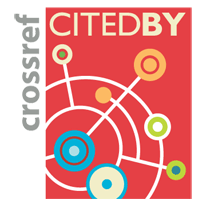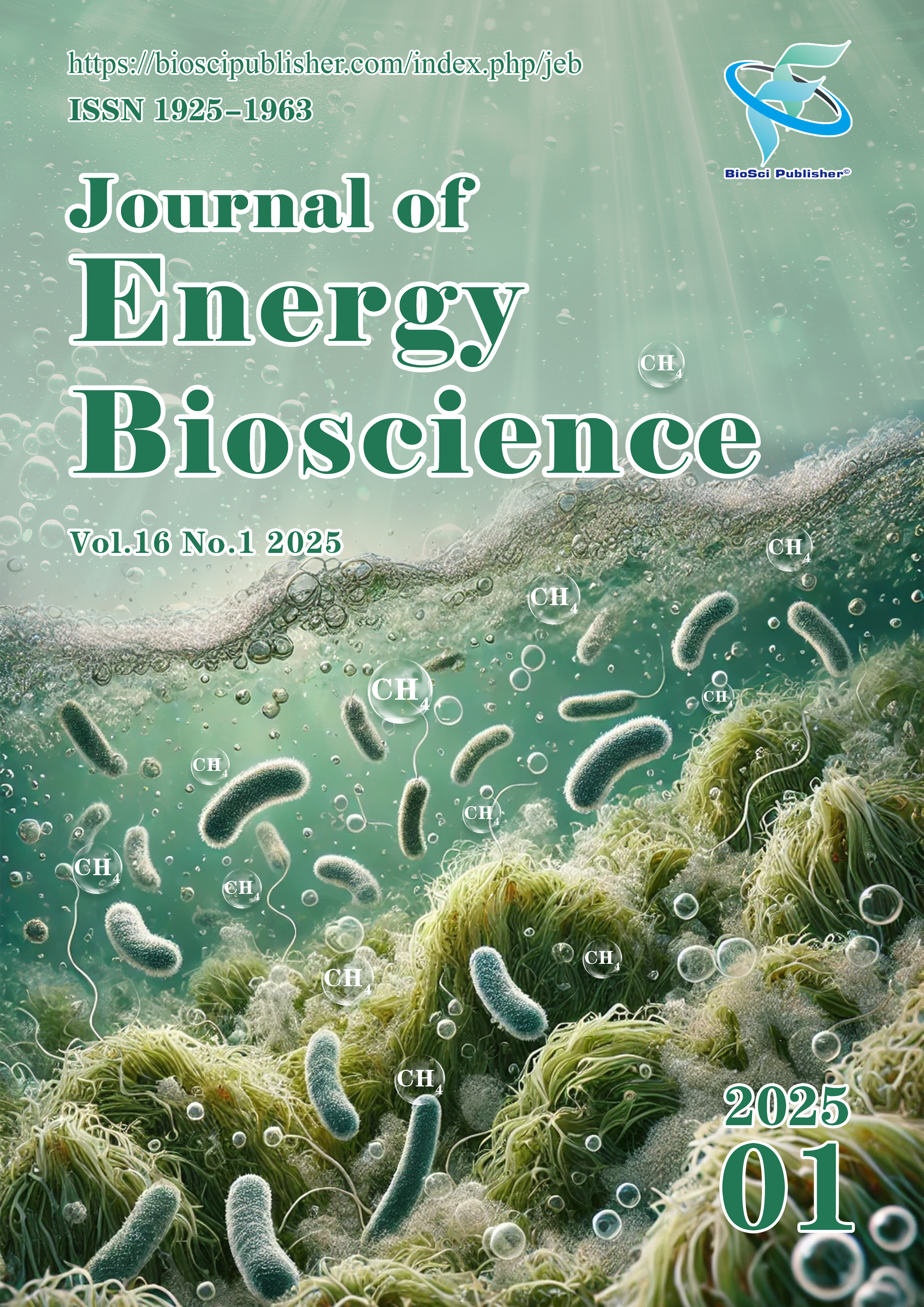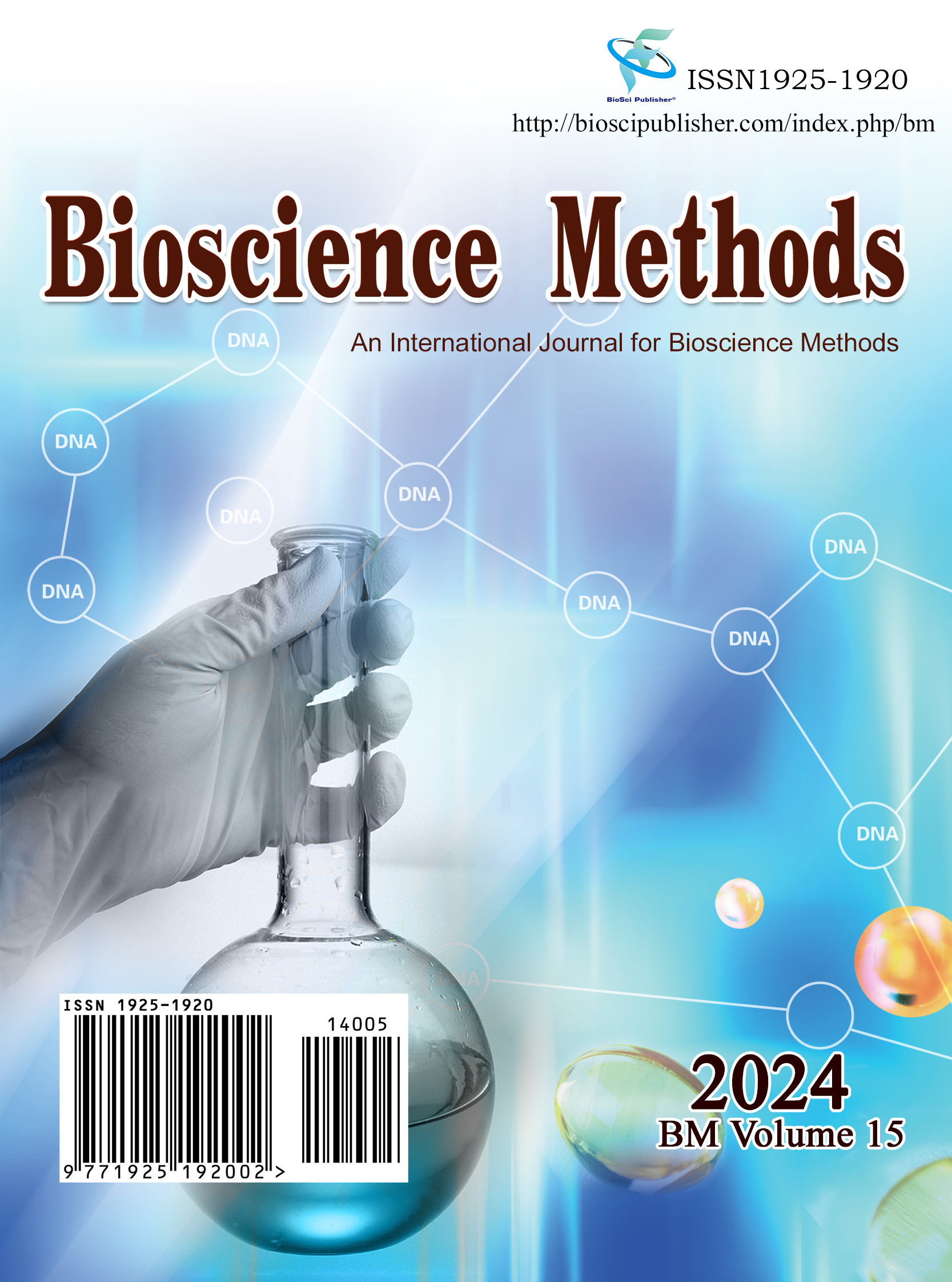Email alerts
Receive periodic updates of the latest contents
published in the journal.
Organization of the paper
Most research articles published in Genomics and Applied Biology are organized into the following sections: Title page (Title and byline, Author(s) and affiliation(s), Abstract, Keywords, Introduction of the corresponding author), Background, Results, Discussion, Materials and Methods, Authors' contributions, Acknowledgments, References, Figure Legends, and Tables. Manuscripts should be easy to read and their contents presented clearly, with line number and page number. Figures and Tables should be put on the end of Text (or listed as Supplementary File), each page for one Figure/Table.
1. Title and byline
A title gives the reader a clear idea of what the article is about; it should be brief, novel and informative, which could invite readers' interest. The usual limit for title is less than 25 words. Abbreviations and acronyms, including those for gene and protein names, should be avoided in titles. Common names are allowed for major model systems (maize, rice, yeast); Latin names should be used for all organisms that have no widely accepted common name.
2. Author(s) and affiliation(s)
Authorship should be limited to those who have contributed substantially to the work. Please note the corresponding authors and their e-mails. Chinese authors' English name should be written in Chinese spell with the first letter of the family name and surname in capital, without hyphen between family name. For authors from other countries, their given names should be shortened to initials, dot between characters. The authors' addresses should be written below their names.
3. Abstract
The abstract should summarize for a broad audience the main information, including the question being addressed, the approach taken, and the major findings and their significance. It should also be concise (approximately 200~250 words) and independent. General background should be reserved for the introduction. Avoid using too professional words, special symbols and formula. Literature references should not be included.
4. Keywords
List 4~6 keywords which can be used for indexing purposes.
5. Background
This section should provide the necessary background information for the average reader, the current situation and research intention. It should be both complete and concise, just like a mini-review. Previous publications that form a basis for the work presented must be cited.
6. Results
This section should be divided with subheadings. Footnotes should not be used.
7. Discussion
The Discussion focused on the interpretation of the results and place. It should not be redundant with the Results section. This section may contain subheadings. Insecure sentence like "which needs further research" is discouraged in this section.
8. Materials and methods
The section, at minimum, should include enough detail for readers to understand the general experimental design and to be able to assess the data presented. Cite previously published procedures in References. Modifications of previously published procedures should be pointed out. Truly new procedures should be described in detail. Animals, plants, pathogens, and insects or pests should present Latin names. A more detailed version of the procedures and details such as oligo sequences, strains, and specifics of how constructs were made can be included in Supplemental Information.
9. Authors' contributions
In order to give appropriate credit to each author of a paper, the individual contributions of authors to the manuscript should be specified in this section.
An "author" is generally considered to be someone who has made substantive intellectual contributions to a published study. To qualify as an author one should 1) have made substantial contributions to conception and design, or acquisition of data, or analysis and interpretation of data; 2) have been involved in drafting the manuscript or revising it critically for important intellectual content; and 3) have given final approval of the version to be published. Each author should have participated sufficiently in the work to take public responsibility for appropriate portions of the content. Acquisition of funding, collection of data, or general supervision of the research group, alone, does not justify authorship.
We suggest the following kind of format (please use initials to refer to each author's contribution): AB carried out the molecular genetic studies, participated in the sequence alignment and drafted the manuscript. JY carried out the immunoassays. MT participated in the sequence alignment. ES participated in the design of the study and performed the statistical analysis. FG conceived of the study, and participated in its design and coordination and helped to draft the manuscript. All authors read and approved the final manuscript.
10. Acknowledgments
Acknowledgments of people, grants, funds, etc. should be placed in a separate section before the reference list. The names of funding organizations should be written in full. Please check this section carefully before publication, as amendments or corrections are not allowed after publication.
11. References
Only papers that are published or in press papers should be cited in the reference list. Personal communications should be cited within the text only. Submitted articles should be cited as unpublished data, data not shown, or personal communication. All authors should be named in the citation. Provide inclusive page ranges for journal articles and book chapters.
Formats
1. Heading
Number the first level headings as follows: Results: "1", Discussion: "2", Materials and methods: "3"; Mark the second level headings with 1.1, 1.2......, and the third level headings with 1.1.1, 1.1.2......; Lower level headings should be avoided. Acknowledgements and references are not numbered.
2. Terminology
Please use the standard mathematical notation for formulae, symbols etc; Genus and species names should be in italics. Use internationally accepted signs and symbols for units, SI units e.g., s (seconds), min (minute), h (hour).d (day), m (meter), m2(square meter), Hm2 (hectre), L (liter), g (gram), kg (kilogram), mol (morgan), J (joule) for energy, work, and calories, ×g or r/min for centrifugal force, mol/L for solution concentration, pa for pressure, cM for inheritance distance, kd for molecular weight, kb or bp for DNA fragment length. Dots are used to separate composite units, e.g., mol•dm-2•m-1.
3. Abbreviations
Define abbreviations and acronyms the first time they are used in the main text. Very common abbreviations such as JAFM and SI do not have to be defined. Abbreviations that incorporate periods should not have spaces: write “P.R.,” not “P. R.” Delete periods between initials if the abbreviation has three or more initials; e.g., U.N. but ESA. Do not use abbreviations in the title unless they are unavoidable.
4. Tables
All tables are to be numbered using Arabic numerals. Tables should always be cited in text in consecutive numerical order. For each table, table title explaining the components of the table is necessary. Table legend, if there is, are placed beneath the table body. Identify any previously published material/data by giving the original source in the form of a reference in Table legend.
The *, **, and *** are always used in this order to show statistical significance at the 0.05, 0.01, and 0.001 probability levels, respectively, and cannot be used for other notes. Lack of significance is usually indicated by NS. Footnotes to tables should be indicated by superscript lower-case letters (or asterisks for significance values and other statistical data) and be included in Table legend.
5. Figures
Bioscience Methods requires electronic figures that are as small and simple as is compatible with clarity. Number figures consecutively according to the order in which they are called out in the text. Figures should be unambiguous and as conceptual as possible and should provide enough information so that the reader can understand them without significant input from the text. Format sequence data preferably to one-column width for shorter sequences and two- column width for longer sequences. Make sure that the fonts in sequences are easily readable. Use the same fonts for all figures. For those figures that contain more than one panel, designate the panels with capital letters (no parentheses and no periods following letters) in the upper left-hand corner of each panel.
Each figure should have its corresponding legend below the figure. Provide a short title for each figure. Figure legends should be concise and should not repeat information presented in the text. Figure panels that are designated with capital letters should have specific subtitles in the legend and should be described separately and completely. Symbols and abbreviations that are used in the figure should be defined in the legend.
6. Reference
The Harvard (author, date) system of referencing in the text is used (examples are given below). In the text give the author's name followed by the year in parentheses: (John, 2000). If there are two authors use 'and': (Smith and Jones, 2001). When reference is made to a work by three or more authors, the first name followed by et al. should be used: (MacDonald et al., 2002). If more than one work is cited within parentheses, separate citations using a semi-colon (Friedman 1994; Wang et al. 1997), except in the case where the author of the works is the same, in which case the author's name should not be repeated, only the years should be divided with a semi-colon (Smith 2000; 2002). In the reference list, references should be listed in alphabetical order.
We recommend authors using EndNote to manage the references, BiosciPublisher provides an output style that supports the formatting of in-text citations and reference list.
1) Journal article
Format: Author’s name, Publication Year, Article title, Journal name, volume (issue): page range
a. Only one author
Jiang S.Y., 2003, Rice mutant population and its applications on functional genomics, Molecular Plant Breeding, 1(2): 137-150
Citation in the text: (Jiang, 2003)
b. Two authors
Fukui K., and Iijima K., 1991, Somatic chromosome map of rice by imaging methods, Theor. Appl. Genet., 81: 589-596
Citation in the text: (Fukui and Iijima, 1991)
c. More than two authors
Causse M.A., Fulton T.M., Cho Y.G., Ahn S.N., Chunwongse J., Wu K., Xiao J., Yu Z., Ronald P.C., Harrington S.E., Second G., McCouch S.R., and Tanksley S.D., 1994, Saturated molecular map of the rice genome based on an interspecific backcross population, Genetics, 138: 1251-1274
Citation in the text: (Causse et al., 1994)
2) Private communications, information and data on the internet: just cite in the text
Format for private communications: (Wu Weiren, 2003, private communications)
Format for information and data on the internet: (Lin Gang and He Mei, 2002, www.wenweipo.com.html) or (http://info.Jstage.jst.go.jp/contents/info/list/eng.html)
3) Book
Format: authors' names, ed., year published, book name, edition number, publisher, publishing location (country and city), pp.page number
Altman A., and Waisel Y., eds., 1997, Biology of root formation and development, Plenum Press, New York and London, pp.376
Buchanan B.B., Gruissem W., and Jones R.L., eds., Qu L.J., Gu H.Y., Bai S.N., Zhao J.G., and Chen Z.L., trans., 2004, Biochemistry & molecular biology of plants, Science Press, Beijing, China, pp.250-288
4) Symposium or book chapter
Format: Authors' names, Publication year, Article title, In: Symposium editors name+(ed.), Symposium name, publisher, publishing location (country and city), pp.page number
Shoemaker R.C., Polzin K.M., Lorenzen L.L., and Specht J.E., 1996, Molecular genetic mapping of soybean, In: Verma D.P.S., and Shoe maker R.C. (eds.), Soybean: genetics, molecular biology and biotechnology, CIAB International, Wallingford, UK, pp.37-56
Zhang Q.F., 2007, Toward the development of green super rice using genomics-based strategies, In: Li Z.K., Fang X.J.(eds.), Proceedings of the 2nd international conference of plant molecular breeding, 23~27, March, Sanya, Hainan, China, pp.3
5) Dissertation
Format: Authors' names, Publication year, Dissertation title, Thesis for M.S./ Dissertation for Ph.D., Affiliation, Supervisor, pp.page number
Jiang L.R., 2004, Improvement of appearance traits of elite rice Zhenshan 97B by molecular introgression of targeted about 800 kb interval from indica rice Jia-fuzhan genome, Thesis for M.S., Life Science and Technology Institute, Guangxi University, Supervisor: Fang X.J., pp.453-454
Wan Y.S., 2002, Construction of soybean genetic map and QTL analysis of some agronomic traits, Dissertation for Ph.D., Biotechnology Research Institute CAAS, Supervisor: Jia S.R., and Fang X.J., pp.37-39
6) Patent document
Format: Patent Assignee Names, year authorized or open, patent title, patent country, patent / application number
Liu Q.L., Bai S.Y., and Ma Y., 2004, An plant expression vector pBinETR1 of ethylene unsusceptivity and application, China Patent, ZL02126837.1
Holton T.A., 1996, Transgenic plants exhibiting altered flower color and methods for producing same, United States Patent, US006080920A








